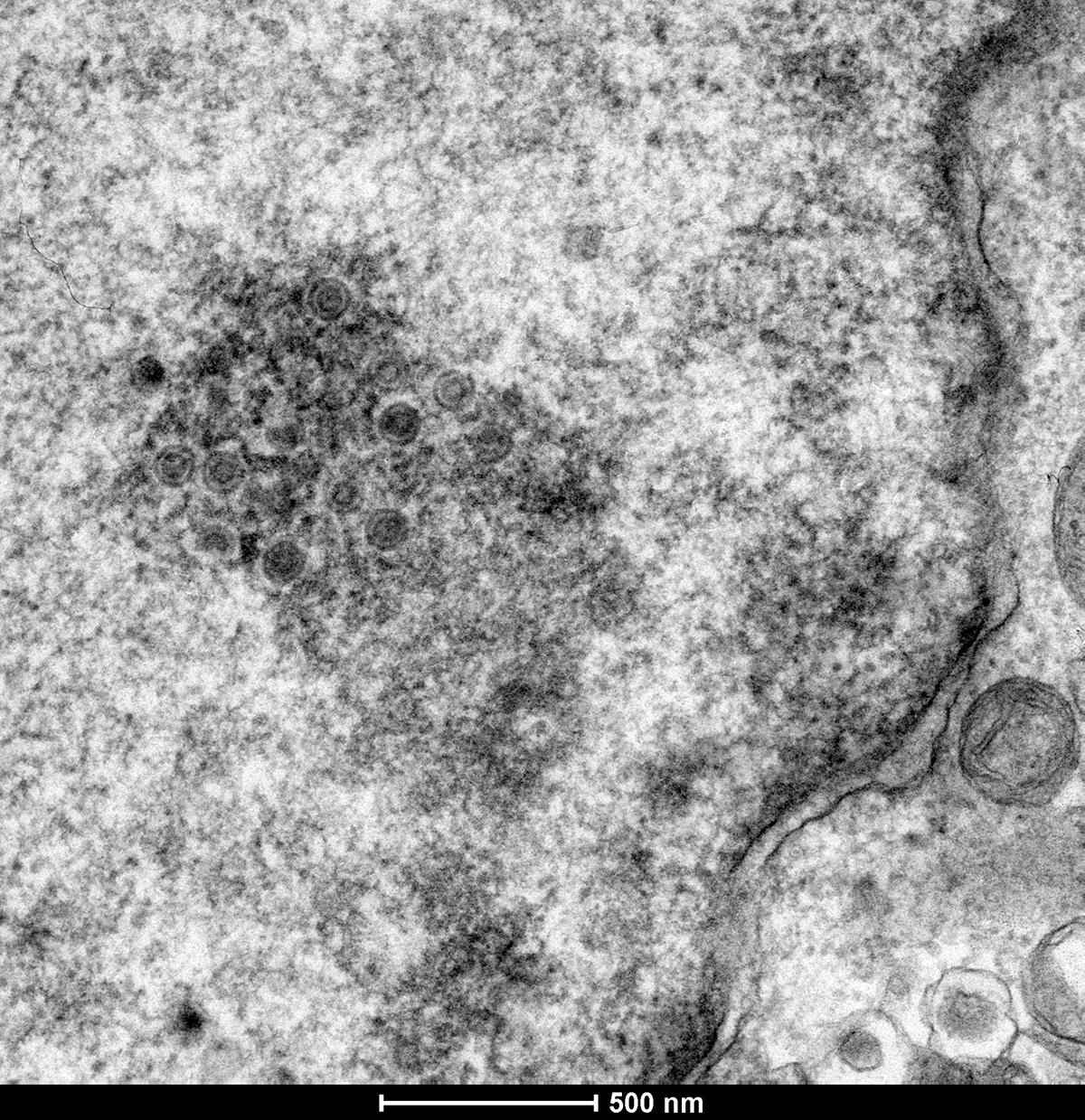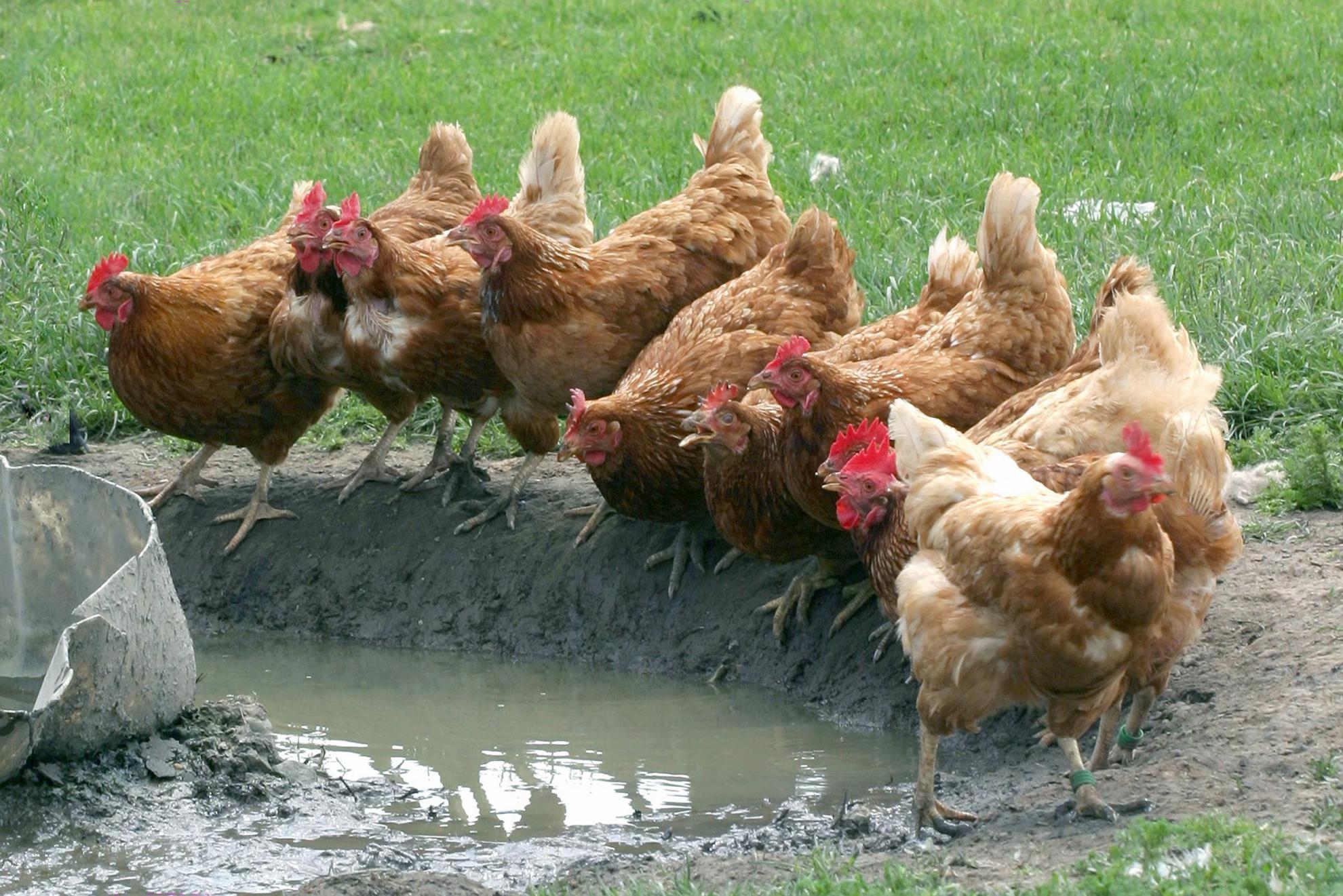Experts from The Pirbright Institute have worked with an international team of scientists led by Oxford and LMU Munich to trace the evolution of Marek's disease virus (MDV).
The highly contagious poultry pathogen causes fatal disease in chickens worldwide, costing the poultry industry over $1 billion per year.
The team, led by archaeologists and biologists, used ancient DNA to produce the findings.
Published in the journal Science, the research shows how viruses evolve to become more virulent which could lead to the development of better ways to treat viral infections.
The team recovered and reconstructed ancient MDV sequences from archaeological chicken materials spanning the past 1,000 years. By comparing viral genomes derived from both modern and ancient birds, they were able to pinpoint the genetic alterations responsible for the increased virulence of the modern viruses.

Based on the ancient genetic sequences, they were also able to resurrect biological processes using cellular assays, demonstrating that ancient strains were significantly milder than their modern counterparts.
This breakthrough not only sheds light on the evolutionary history of MDV, but also holds promise for the development of more effective control strategies against this devastating poultry disease.
This new study is based on DNA isolated from chicken bones that were excavated from 140 archaeological sites in Europe and the Near East. These ancient genomes revealed that MDV was widespread in European chickens at least 1,000 years, well before the disease was first described in 1907. This highlights the importance of preserving archaeological remains, especially given their power to reveal valuable insights into the evolution of virulence.
Lead author Dr Steven Fiddaman, Department of Biology, University of Oxford, said: “Our findings not only unravel the evolutionary history of the Marek's Disease Virus but also provide a foundation for enhancing our current understanding of pathogen virulence. By combining ancient DNA techniques with modern genomics, we've opened a window into the past that can guide future strategies in managing viral diseases.”
The Pirbright Institute has spent more than half a century researching Marek’s disease and is the World Organisation for Animal Health (WOAH) Reference Laboratory for the disease.

Professor Naomi Sykes, University of Exeter, lead archeologist, stated: “This study underscores the profound significance of biological material preserved in archaeological and museum collections since we cannot foresee how their investigation might possess transformative applications in the future.”
Professor Laurent Frantz, LMU Munich, co-senior author, added: “Our work highlights the power of interdisciplinary collaboration, bringing together paleogeneticists, virologists, archaeologists, and biologists to unravel the complex evolutionary history of a pathogen with significant economic and agricultural implications”.
And Professor Adrian Smith, Department of Biology, University of Oxford, co-senior author, said: “Ancient DNA has provided us with a unique perspective on the emergence of MDV as a deadly chicken virus and may teach us lessons that are applicable to control of other viral infections of medical and veterinary importance.”
The Pirbright Institute is researching several aspects of the disease including determining how it induces tumours, the reason behind its steadily increasing virulence and studying the molecular and cellular mechanisms of the immune responses against MD infections as scientists search for more effective vaccine formulations and vaccination strategies.
